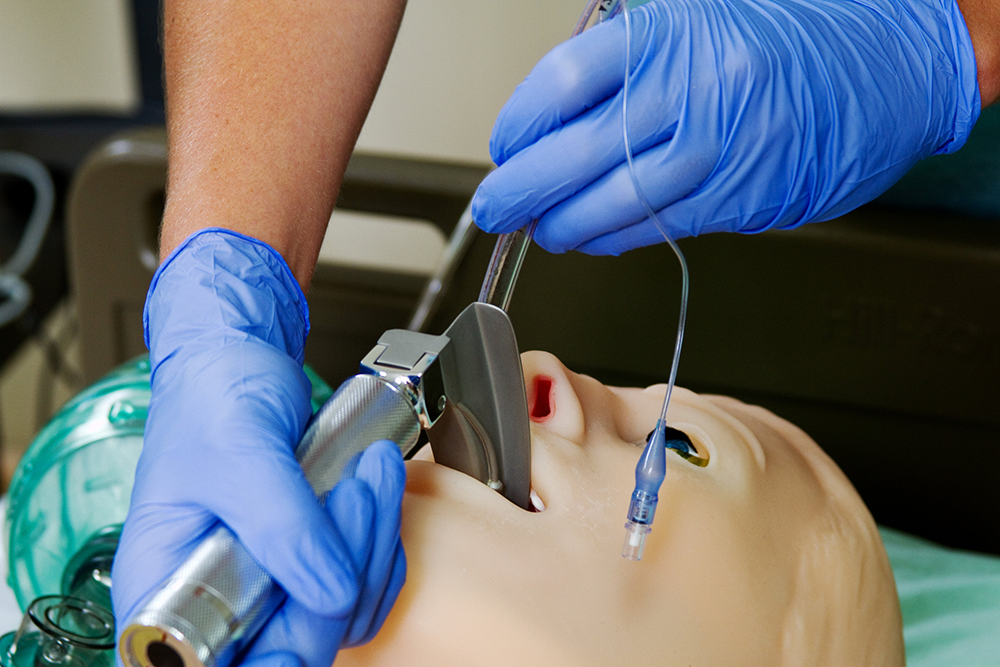
No matter how many times you’ve performed portable suctioning procedures on patients, there will always be potential risks that could lead to failure and life-threatening complications. If equipped with the right preventative tools and resources, however, you will be able to respond quickly and effectively to a failed suctioning attempt, and ultimately, avoid causing more harm to your patient during the process.
It’s National Preparedness Month. Read on for the causes of and risks created by suctioning complications — as well as some tips on what to do when suctioning goes wrong.
Causes of Suctioning Complications
Although not all suctioning injuries are fatal, there are many different factors that can contribute to suctioning failure, and it’s important to familiarize yourself with them so that you can recognize them early on in any suctioning scenario. Some of these causes include:
- Suctioning being performed for too long
- Suctioning stimulating the vagus nerve
- Equipment causing trauma to the patient’s airway
- Using the wrong equipment or using equipment that is the wrong size for the patient you are treating (geriatric and pediatric patients require smaller equipment, for example)
- Using equipment that is in poor condition or is unclean
- Improper use of personal protective equipment
The Risks
Although there are many ways to recover from a failed suctioning attempt once it is being performed, it’s still essential that practitioners are aware of both the short-term and long-term risks created by suctioning failures. Some of these risks include:
- Hypoxia (often caused by the suctioning stimulating the vagus nerve)
- Airway trauma and psychological trauma
- Infection
- Bradycardia (slow heart rate)
- Cannot intubate, cannot ventilate (CICV) scenario
Steps to Take When Suctioning Goes Wrong
While it may seem wise to proceed with the same technique and method you’ve successfully performed many times before, when suctioning goes wrong, it’s vital that you reevaluate your approach based on the patient’s unique circumstance and clinical needs. After calling for help and alerting other practitioners of the problem, there are several other steps you must take to pivot the course of the procedure and improve the outcome for your patient.
One of the most critical things to remember when navigating a suctioning procedure that has gone wrong is not to focus on the patient’s airway so much that you neglect the rest of their needs. In an emergency, you must remain committed to optimizing the patient’s overall clinical status and assessing and responding to their condition comprehensively.
When changing the course of the procedure, you will also need to reassess the equipment you’re using, which may involve changing the size of the device or the type of device altogether, as well as reconsidering the strength of the suction being produced by the device. The choice you make should be informed by several factors, including the age of the patient, the patient’s intubation status and their response to treatment. As always, your decision should also be predicated on your hospital’s specific policies and procedures.
Finally, the post-operative care you conduct also holds tremendous importance for your patient’s health and well-being after suctioning. Your post-operative plan should include formulating an immediate airway management plan for your patient, monitoring for further complications and relaying the situation and complications to the patient, as well as to other providers in your facility.
Consider different safe suctioning techniques. For example, Suction Assisted Laryngoscopy and Airway Decontamination (SALAD) lowers morbidities and mortality associated with aspiration and related syndromes and creates safer conditions in the airway before intubation. SSCOR’s SDC Catheter is specially designed for the technique.
As suctioning circumstances change, so should your technique and assessment of various suctioning risks and consequences. Responding proactively and strategically to suctioning failures will help you ensure the safest and most effective outcomes for your patients.
Editor's Note: This blog was originally published in October 2021. It has been re-published with additional up-to-date content.















